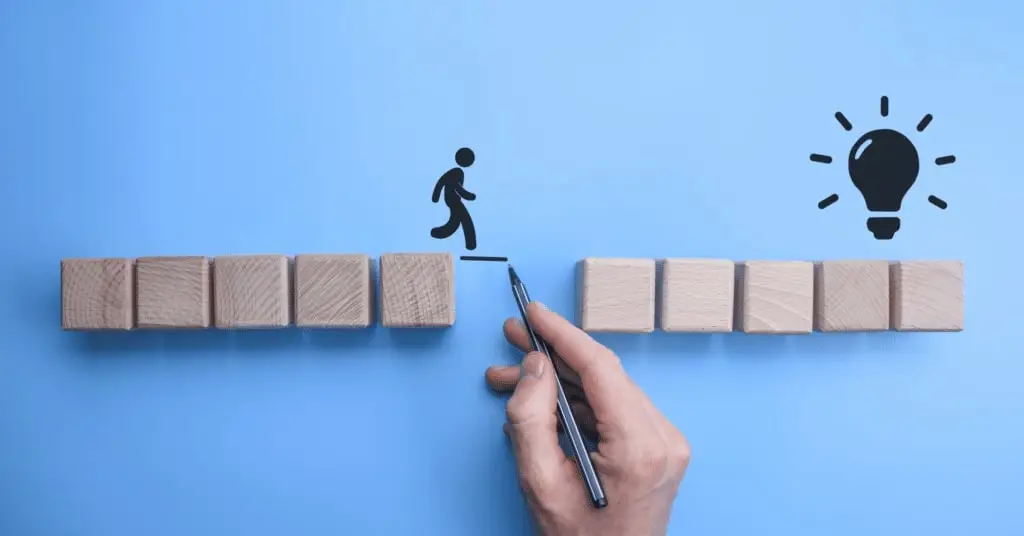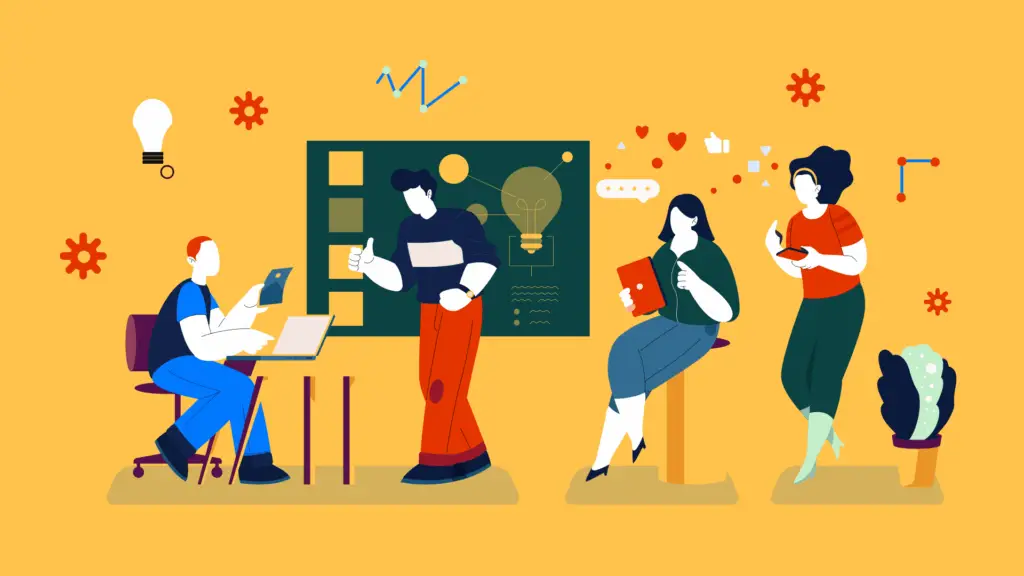Can we design our way to brand loyalty and consistent sales?
Design is a critical component of building a brand and establishing brand loyalty. And what do you have without loyalty? Well, not so much brand. When customers are loyal to one brand over another, it not only creates a sense of community but also consistent revenue, building a customer-promoting cycle that’ll continue to bring success.
Visual branding –AKA the design elements such as the logo, packaging, and website– plays a crucial role in creating an emotional connection with customers by establishing a brand identity. And that brand identity, over time, is what leads to brand loyalty through trust and recognition.
In this blog post, we’ll explore the importance of design in building up that brand loyalty, the key design elements that impact brand loyalty, and provide practical tips for creating a consistent and engaging brand identity (yes, to increase brand loyalty).
The importance of design in building brand loyalty
What’s the big deal with brand loyalty? It’s magic. Magic is so powerful that it can compel one person to choose a specific brand over another, regardless of price point (and sometimes even quality), time and time again.
In fact, a study by Microsoft found that a 7% increase in a company’s brand loyalty increases its customer lifetime value by up to 85%.
And with 82% of business leaders stating customer retention as more cost-effective than new acquisitions in a study by Econsultancy, achieving it should be a top priority.
Design can create an emotional connection
To foster loyalty, you need to establish an emotional connection between the customer and the brand. To do that, quality, thought-out design is essential. The design of a product, its marketing material, or its website, is often the first thing that customers see and experience when interacting with a brand, and it’ll create a lasting impression.
How do you want people to feel when they see your brand?
Visual consistency builds trust (especially with the Gen Z market)
While there is more to the brand than the visuals, consistency in visual elements –colors, typography, style, etc.– does more than simply make things look put together. Over time, being consistent with branding creates recognition, making a brand stand out among its competitors.
Consider jewelry brand Tiffany’s signature blue. They’ve used it consistently since 1845 and it’s now as famous as the brand itself. The color creates an emotional connection with the customer and they trust that the product within will be of great quality.
Having a brand style guide will help you stay on track.
As brands scale, brand identity should remain constant
A robust and strategy-based brand identity keeps alignment to the core of a brand even as it scales. It’s all too easy to lose your way if you don’t have parameters in place, but it will cost you later down the road as customers disassociate.
Inconsistencies and drastic brand overhauls can cause detrimental damage to a brand. Your brand identity should be properly cascaded to the entire organization through a brand style guide or design system, and easily accessible should anyone need a refresh.
Here at Design Force, our trained and vetted designers can help if on-brand scaling feels too daunting. They know how to craft assets to high standards and fast, by following a thorough brand guide (or designing one for you).
The key design elements that impact your brand loyalty
We’ve seen now how design impacts both emotional connection and customer recognition, ergo brand loyalty, but what elements should you focus on?
Logo design: opt for timeless over trendy
A logo is a small icon or mark that symbolizes what your company stands for and can become so recognizable that it tells an entire story without the need for your brand’s name or any other collateral.
For longevity and customer loyalty, avoid designing a logo that falls into current trends and instead, aims to stand the test of time.
A good logo should be simple, recognizable, and easy to remember, and should be versatile enough to work well across the many different mediums and platforms available today.
Packaging design: consider the full customer experience
What fosters emotion? Experience.
Your packaging can become an experience within itself –just take a look at the volume of ‘unboxing’ videos on YouTube–, making your brand memorable and enjoyable to purchase.
High-quality materials, consistent brand identity, and unique design elements that are unexpected – like Glossier’s fun illustrated eyes –are best practices, here.
We’d also suggest you consider designing your packaging in a way that reflects your brand’s environmental and accessibility standards, too.
Website design: user-friendly makes all the difference
A website is often the first point of contact between your brand and its customers. Greet them with bad UX, or a slow, off-brand experience when they land on your site, and say goodbye to any sales or interaction.
A good website design should be easy to navigate, visually appealing, and provide a seamless user experience across multiple devices. And of course, should be an extension of your overall brand identity –no rogue colors or fonts here, please. Customers should be able to recognize your brand right away and feel secure that they’ll get the same positive experience each time they interact with you.
When designing a website, consider all of your potential customers and aim to make the experience as frictionless as possible. The better you can make the browsing and check-out/conversion process, the more likely your customer will come back.
Social media design: consistency is key
We know you’ve heard it before, but the adage remains: consistency is key when it comes to brand recognition and loyalty – especially on fast-paced social media channels.
A brand’s social media design should be an extension of the overall brand experience, keeping fonts, colors, logos, and any other design elements in line with the brand’s identity.
Consider the volume of content your customer may see online during any given day. It’s a lot. The goal is to ensure that if they scroll past a post of yours, they know it’s you in an instant (and want to stop to learn more).
Successful brands that have leveraged design to build incredible brand loyalty
Let’s have a look at some brands that have used design so well, that their brand loyalty is sky-high, for some inspiration.
Apple‘s design philosophy focuses on simplicity, functionality, and aesthetic appeal. From the iconic logo to its product design, its design elements have become synonymous with its brand identity. Their commitment to design has created a cult-like customer base that is willing to pay a premium for its products. Even the way it sounds when you interact with it is oh-so Apple.
Design has helped Nike stand out in a competitive market by positioning it as a powerful, iconic brand. The infamous swoosh icon, as well as it’s inspirational imagery and clever use of white space, make its campaigns instantly recognizable.
Design creates a consistent and memorable brand experience for customers, putting its coffee cups –especially the red holiday editions– firmly on the map and in the minds of caffeine searchers worldwide.
Design is a critical component of building brand loyalty
As we’ve seen, effective design can create emotional connections with customers, establish a unique brand identity, and differentiate a brand from its competitors.
And consistent brand identity creates recognition and over time, increased loyalty (meaning increased sales).
If you’re in need of some scalable support to design your brand assets in a way that supports your goals and connects with your customers, get in touch today. We’ve got a team of top-notch designers that can be on hand in just one day.
Book a free 15-minute demo to find out how.



